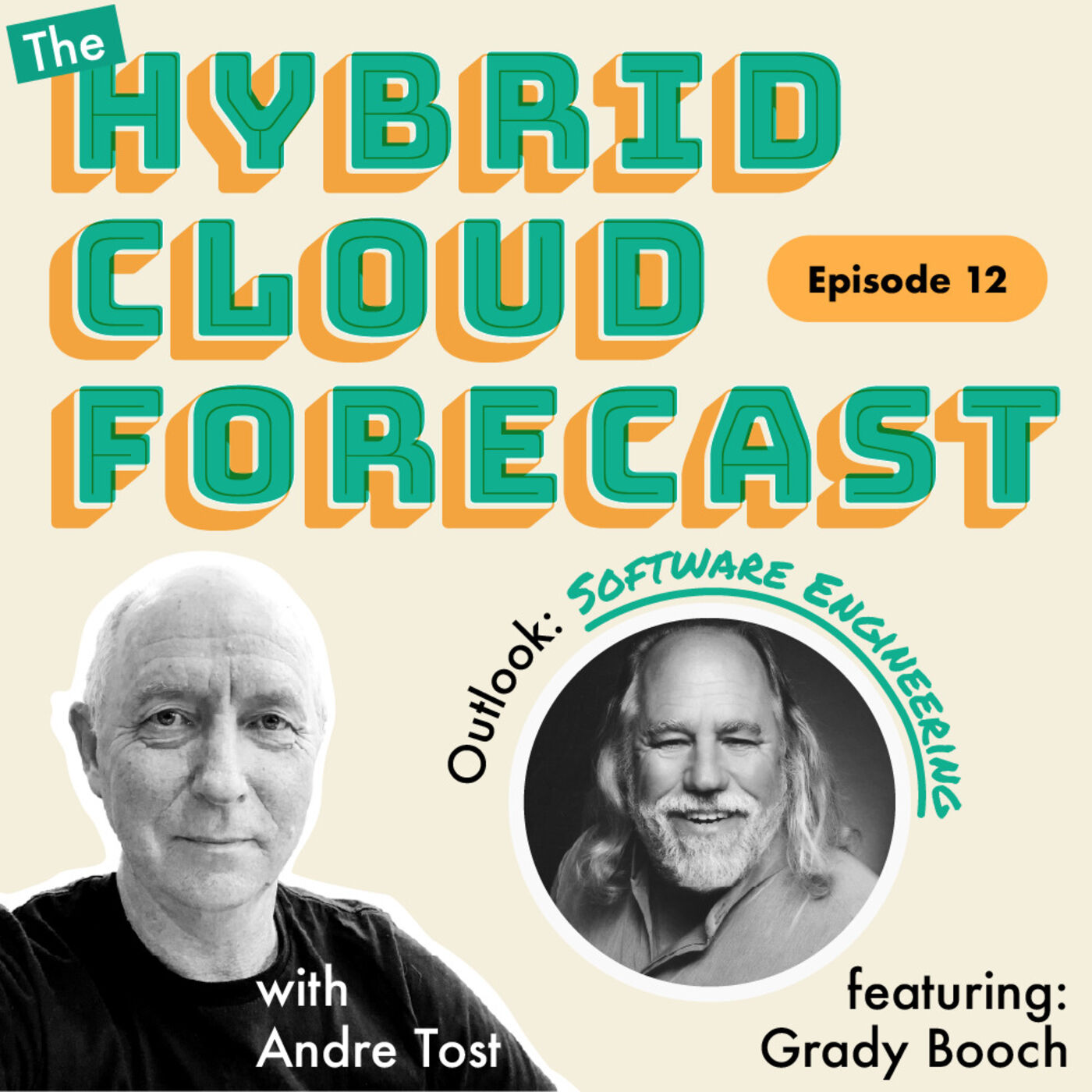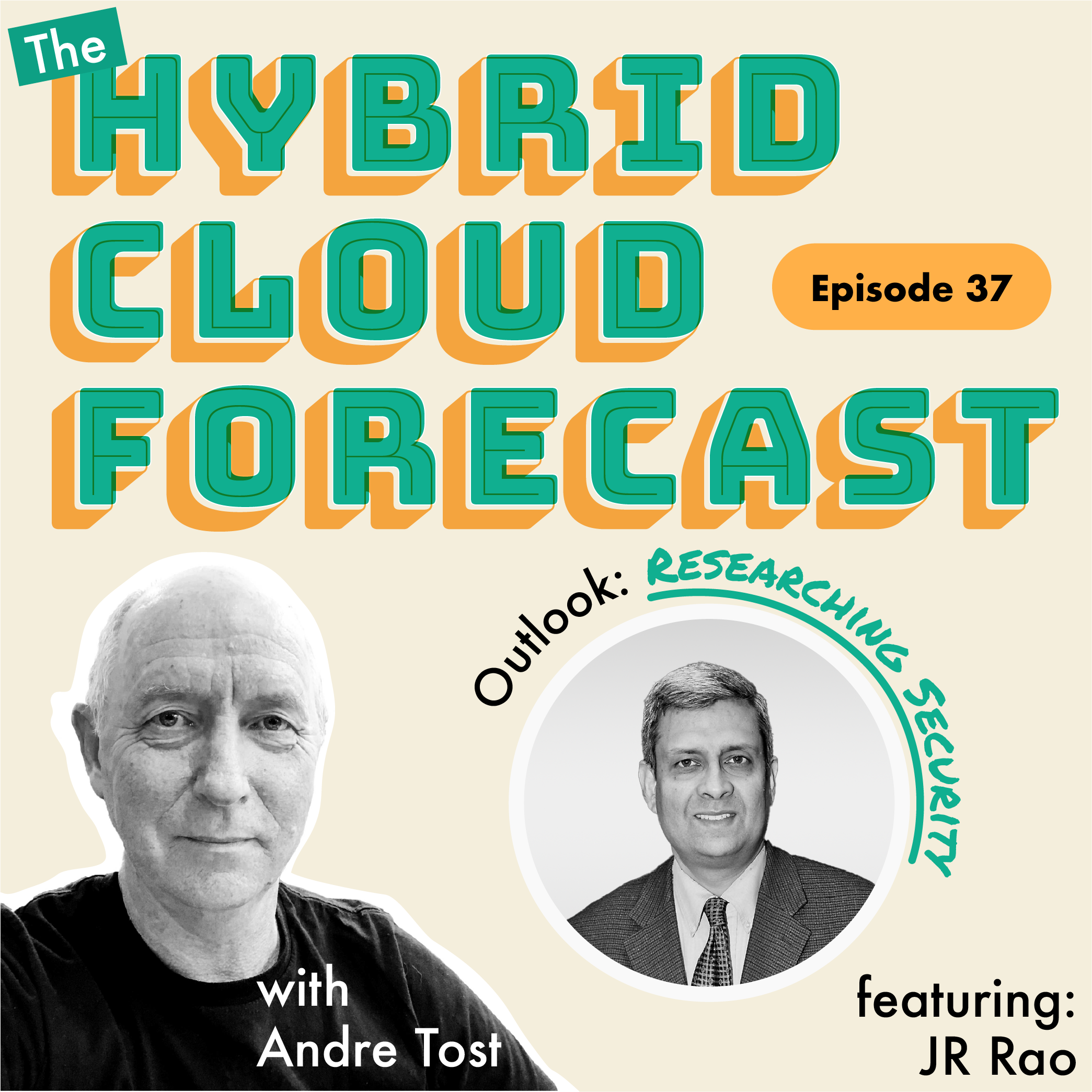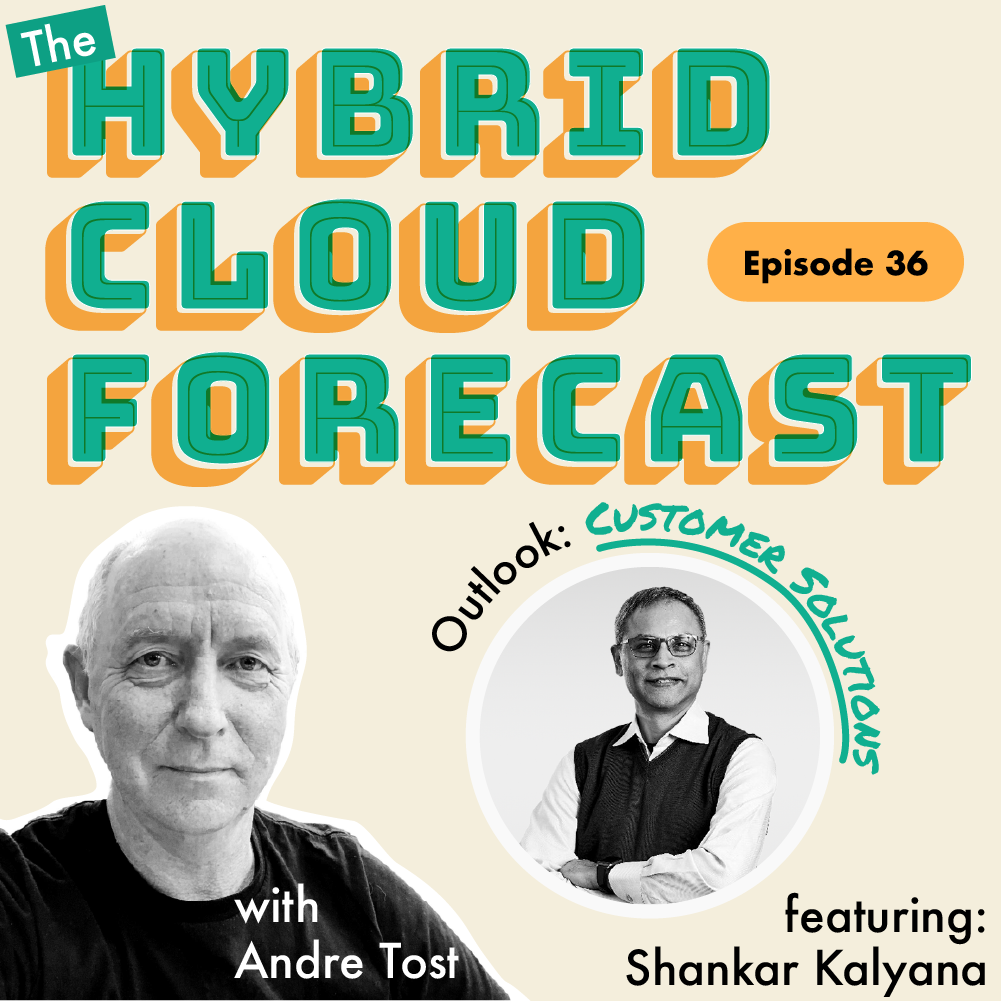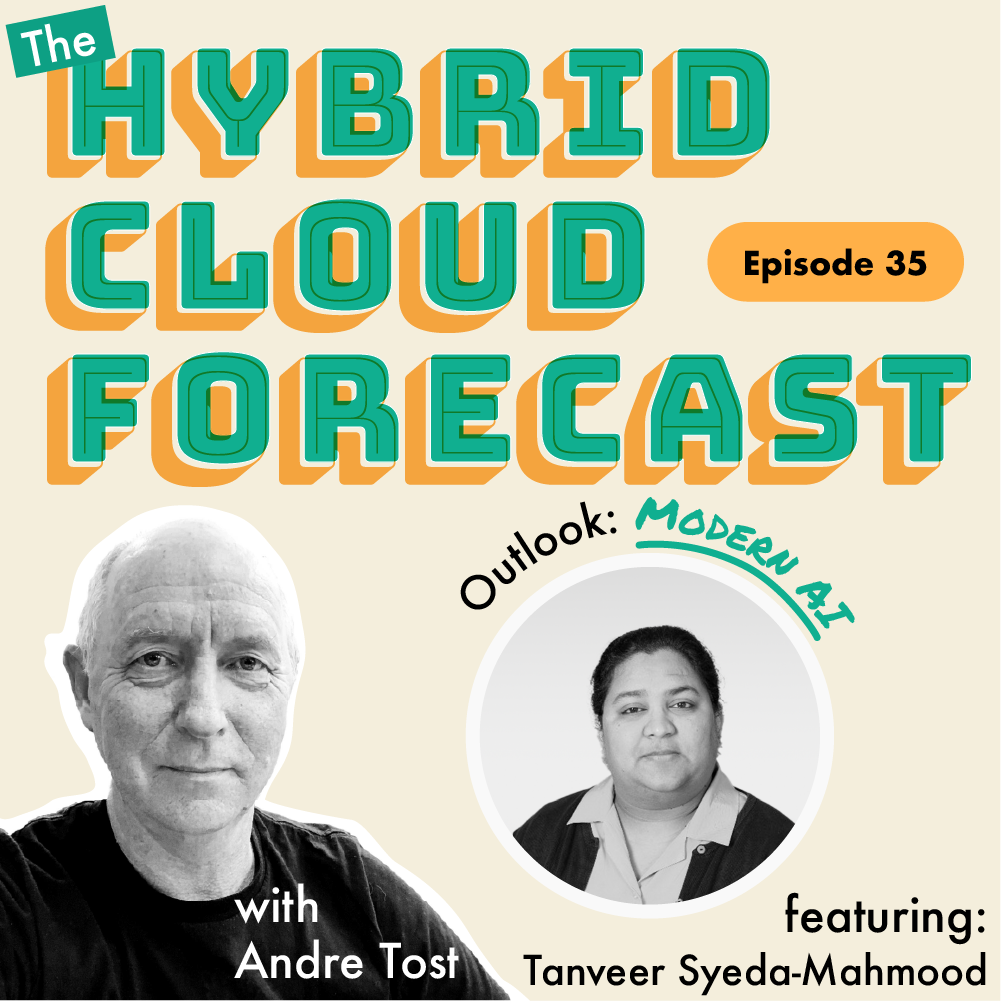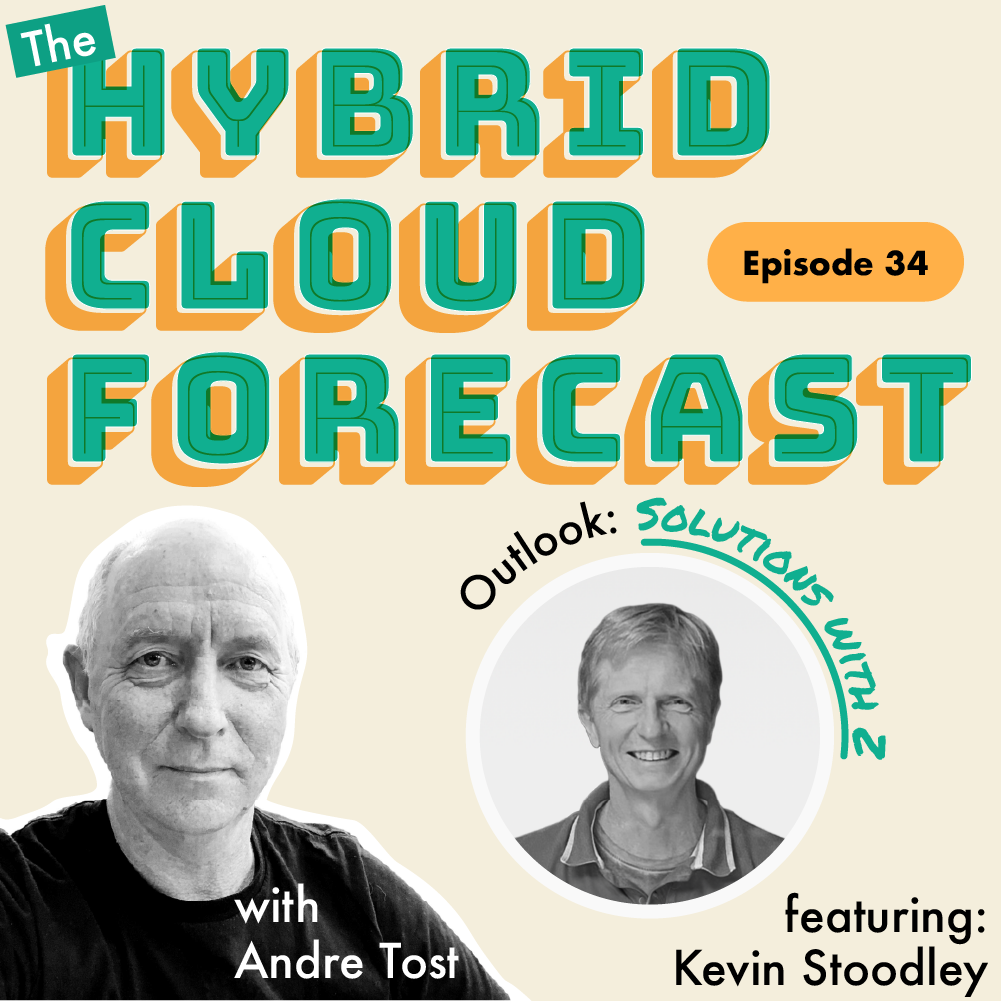Episode 12: The Hybrid Cloud Forecast - Outlook: Software Engineering
- 0.5
- 1
- 1.25
- 1.5
- 1.75
- 2
DESCRIPTION
In this episode of the Hybrid Cloud Forecast series, Andre talks to Grady Booch, IBM Fellow; Chief Scientist for Software Engineering. Grady works in embodied cognition and artificial general intelligence and helping customers architect really large systems. He talks about the birth of UML at a time when there was a necessity for a language that was able to specify, visualize and construct complicated, distributed systems and how the UML has been adapted today by biologists to describe cell mechanisms. Andre and Grady discuss the different aspects of cloud - from where the applications and data are physically located, to the architecture view - how to run an application on cloud vs as a monolith - depending on the point of view, cloud is different things to different roles. Andre and Grady talk about whether different architectures are needed for on-prem vs cloud application and Grady talks about the book he is writing about software architecture patterns. They also discuss the importance of architecture patterns to build systems that are scalable, reliable and secure and not just feature-rich. They touch upon the different types of architectural patterns based on domains such as event-driven, stateless, caching, and how to pick which pattern to use based on cost and application needs. For example, the architecture of a social application will be very different than a transactional application to process financial data. Grady talks about the new series he is working on about computing that explores art, faith and what it means to be human.
Art by Jake Volz.

